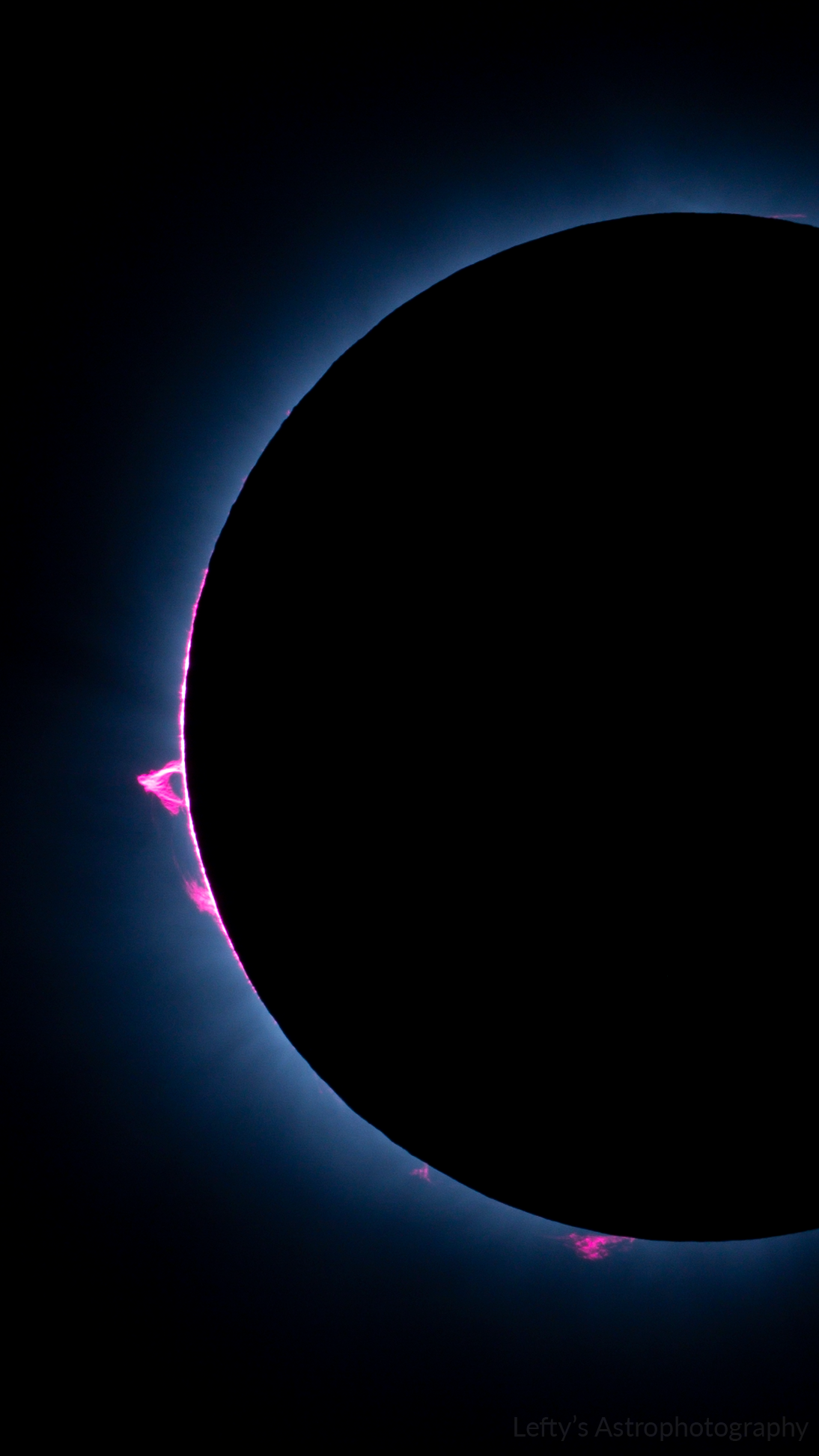Username checks out
Cocaine Bear sequel gonna be amazing
He’s my pride and joy
Supposedly the show has had a 7 season storyline planned from the start
Had a previously banned user from a discord I moderate join back months later with my wife’s name as their username and a photo of her as the pfp
smoke weed, drink, jerk off, and play vrchat!













Lmao that scope is backwards